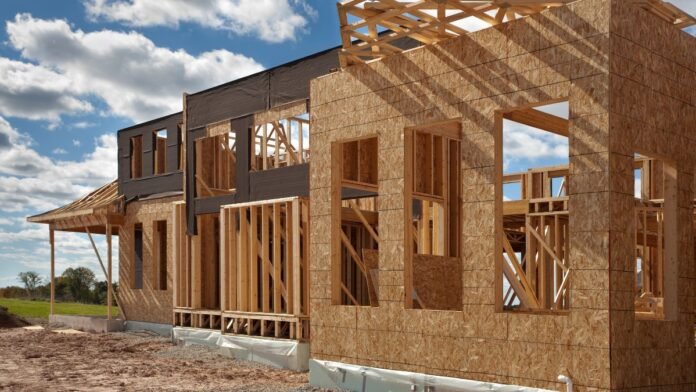Designing a house is a complex process that involves multiple factors and considerations. There are different stages involved in designing a house, including brainstorming, planning, drafting, and construction.
As a homeowner or architect, it is essential to understand the steps involved in the process to ensure that your house design meets your expectations.
In this article, we will outline the key steps you need to take when designing a house.
Step 1: Establish Your Goals
The first step of designing a house is to establish your goals. What do you want your house to achieve? Do you want it to be spacious, eco-friendly, or modern?
Defining your goals will give you a clear direction to follow, and it will help you stay focused when making important decisions later in the design process.
Step 2: Determine Your Budget
Your budget will dictate most of the decisions you will make during the design process. You must determine how much money you will spend on your house, considering your goals, desired features, and functionality.
An expert architect or designer can help you come up with a realistic budget based on your vision and desired outcomes.
Step 3: Site Selection
Site selection is one of the most important steps in designing a house. You need to select the location where you will build your house.
Factors to consider include zoning regulations, soil stability, environmental restrictions, and stormwater drainage.
Step 4: Drafting the Plan
Once you have a good understanding of your goals, budget, and site selection, you can move forward with drafting your plan. This is where you will sketch your house design, including the layout, size, and shape.
You will also need to consider zoning, code requirements, and building standards as you draft your plan.
Step 5: Designing Living Spaces
After drafting your plan, you can start designing your living spaces. This includes determining the size of each room, lighting, flooring, ceiling types, and walls.
You can also incorporate design elements such as fireplaces, windows, and doors. When designing living spaces, consider how you will use each space and how it will fit into the overall design plan.
Step 6: Designing the Kitchen and Bathrooms
The kitchen and bathrooms are critical living spaces that require careful consideration in the design process.
These rooms should be functional, comfortable, and fit into the overall design plan.
When designing the kitchen and bathrooms, consider the location of appliances, storage spaces, and the style and finishes you want to use.
Step 7: Selecting the Right Materials
With the design plan in place, it is time to select the materials you will use in your house.
You can choose from various materials, including bricks, concrete, wood, tiles, and stones. The materials you choose should match your goals, budget, and design plan.
Step 8: Building Codes and Permits
You will need to comply with building codes and regulations when designing your house.
These codes are meant to ensure that your house is safe, functional, and meets environmental and health standards.
You will also need to get permits from your local government before you can start building.
Step 9: Hiring a Contractor
Once you have your design plan, materials, and permits, you can start looking for a contractor.
It is essential to hire a reputable contractor who has experience building houses like yours. Your contractor will oversee the construction process and ensure that it runs smoothly.
Step 10: The Final Walkthrough
Before you can move into your house, you need to conduct a final walkthrough to ensure everything is in place.
During this process, you will check your house’s appliances, plumbing, and electrical systems to ensure they are functioning correctly.
You can also do a final inspection to ensure that everything is up to code and meets your expectations.
How to Start Designing a Home?
Designing a house is a lengthy and complex process that requires careful planning and execution. By following these ten steps, you can ensure that your house will meet your goals, budget, and functional requirements.
Remember, design is a continuous process, and you can always make modifications or improvements as necessary, even after you move in.




